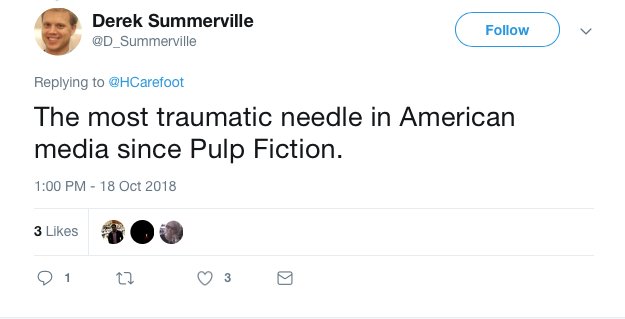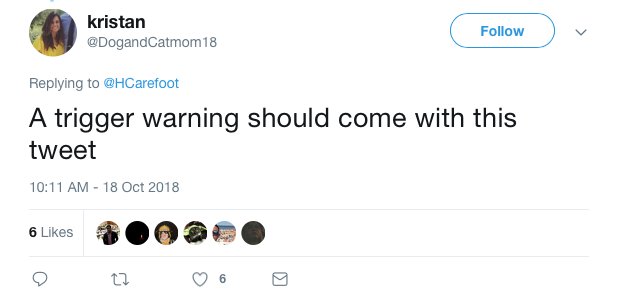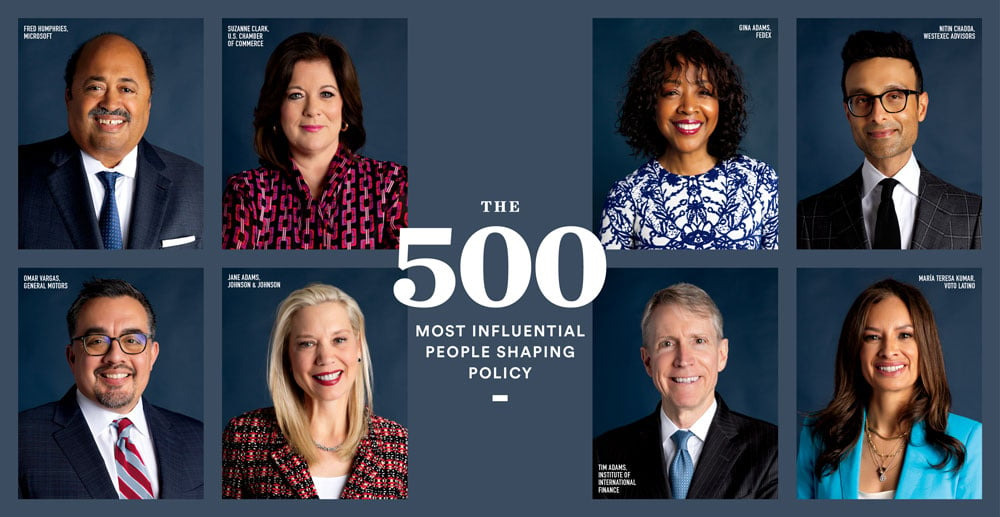When CJR reported that the New York Times would bring back its election needle for the midterm elections this Tuesday, all hell broke loose on Twitter.
#Break: The NYT election needle is coming back, baby! https://t.co/Fc5IsTZZCd pic.twitter.com/suhmdav6yb
— David Uberti (@DavidUberti) October 18, 2018
I asked on Twitter how people felt about its return and got some strong responses:






For many liberals, the needle has become a sobering reminder of Hillary Clinton‘s surprise loss. Dr. Daniel Lieberman, a professor and vice chair for clinical affairs in the Department of Psychiatry and Behavioral Sciences at George Washington University, says that rumination, the tendency to repetitively think about the causes and consequences of a negative experience, can help explain some people’s reaction to the needle.
“What creates the distress reaction to the needle is the past experience that while at the same time feeling that one is under threat,” Lieberman says. “We have the two stimuli coming at the same time and the process of mulling it over is more of a symptom than a cause. It’s when your mind kind of spins in a circle.”
These people would probably agree:
Mike Nellis, 31, President of Digital Media Company of Authentic Campaigns:
“It’s just such a triggering thing that reminds folks of a really bad thing that happened. I see it and I have a visceral, negative, hateful reaction to it. It didn’t do anything, it just was tracking data.”
Hanna Hope, 28, who works at Georgetown’s Institute of Politics:
“It’s like a fidget spinner for politically obsessed adults. I was refreshing it like every five seconds. I ran a large election night watch party here at Georgetown, and we were all just sitting there refreshing. Watching it slowly turn made you reexamine your assumptions about all the polling data that existed. I would say I trusted that needle and whatever it said in that moment. If it was showing a trend into the red, that’s probably what was going to happen.”
Howell Winters, 40, a former federal government employee who now lives in Chicago and DC:
“I voted for Hillary Clinton and even though they were saying Trump was going to win, there was a moment of can this be real? I trusted it but I kind of didn’t want to. All the other data backs it up. It very quickly backs it up. It was calling it from the beginning. That’s what caused that anxiety and dread, it’s not going how we thought it did.
It’s got some backlash recently, I’ve seen a lot of people on Twitter say ‘I can’t deal with the needle anymore, get this out of my life.’ I think it’s important and it’s kind of a lodestar on election night. The work they put in, it’s a testament to data and good reporting and it’s trustworthy.”
Curran McCauley, 27, a DC native who now works at Haverford College:
“It was a shared event on Twitter and it was like watching the world burn. It was pretty tough because it was just scary. It was almost like adding a graphic component to the dread we were feeling. It reminded me of science fiction and the movement felt like it was impacting our futures and it just felt really surreal.
I think absolutely for the rest of my life I can literally say that if I see that meter that will just automatically be a flashback to 2016 and how I felt awful and hopeless for a couple of days. I had a lot of deep, political feelings for someone who isn’t an activist of any kind.”
Says Lieberman: “I think people really need to ask themselves, what is it that I want from my source of information and if it’s causing me suffering, how can I get that information I need? If the New York Times‘ approach to this is upsetting to them, I think they need to say, ‘I don’t need this needle. I don’t need to stay up all night watching these returns.'”


















